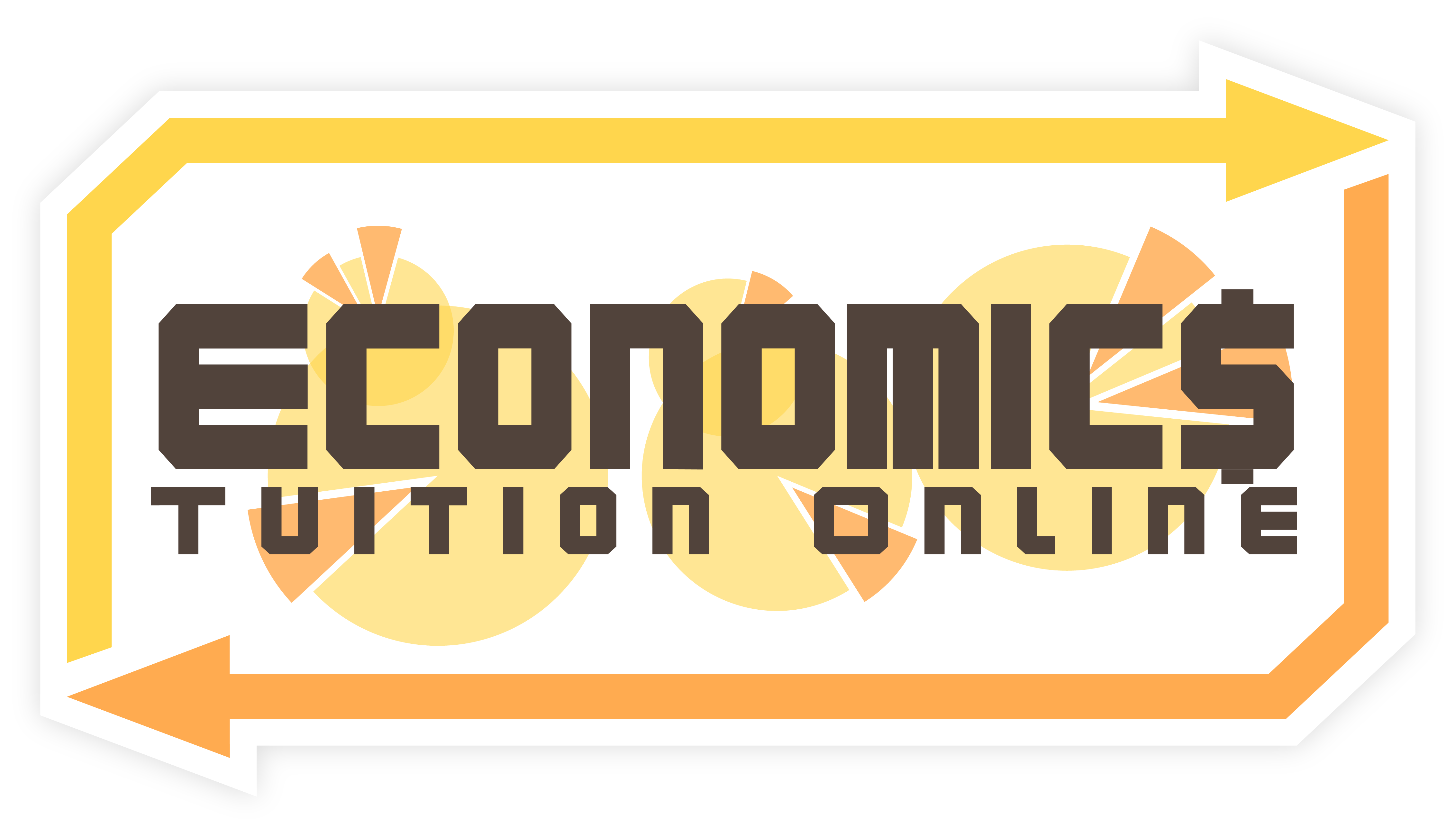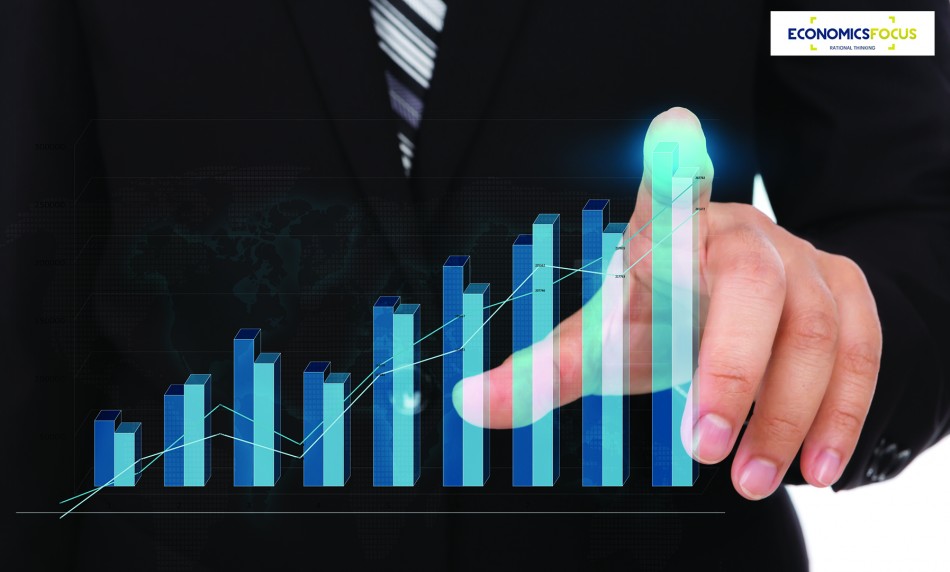Central Economic Problems
Explore the field of Economics definitions by learning more about the issue of scarcity prepared by JC Economics Tutor Simon Ng from EconomicsFocus, which is also known as the Central Economic Problem. Scarcity is an economic problem due to the limited resources and unlimited wants. As such, individuals, firms and governments are required to make choices, which is known as resource allocation. Making decisions will incur opportunity costs, which are seen in terms of the next best alternative forgone.


